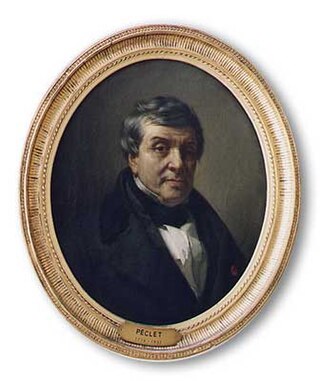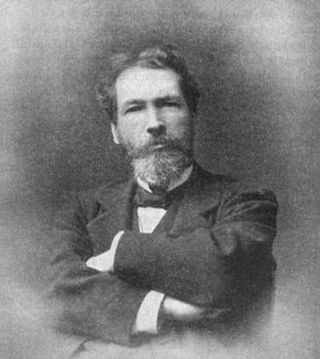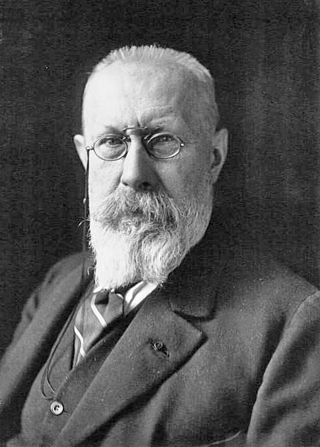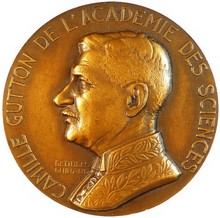
Gabriel Lamé was a French mathematician who contributed to the theory of partial differential equations by the use of curvilinear coordinates, and the mathematical theory of elasticity.

Jean Claude Eugène Péclet was a French physicist.

Claude Servais Mathias Pouillet was a French physicist and a professor of physics at the Sorbonne and member of the French Academy of Sciences.

Raoul-Pierre Pictet was a Swiss physicist. Pictet is co-credited with French scientist Louis-Paul Cailletet as the first to produce liquid oxygen in 1877.

Pierre Maurice Marie Duhem was a French theoretical physicist who worked on thermodynamics, hydrodynamics, and the theory of elasticity. Duhem was also a historian of science, noted for his work on the European Middle Ages, which is regarded as having created the field of the history of medieval science. As a philosopher of science, he is remembered principally for his views on the indeterminacy of experimental criteria.

Claude-Louis Navier was a French Civil engineer, affiliated with the French government, and a physicist who specialized in continuum mechanics.

Joseph Valentin Boussinesq was a French mathematician and physicist who made significant contributions to the theory of hydrodynamics, vibration, light, and heat.

Paul Émile Appell was a French mathematician and Rector of the University of Paris. Appell polynomials and Appell's equations of motion are named after him, as is rue Paul Appell in the 14th arrondissement of Paris and the minor planet 988 Appella.

Jules Tannery was a French mathematician, who notably studied under Charles Hermite and was the PhD advisor of Jacques Hadamard. Tannery's theorem on interchange of limits and series is named after him. He was a brother of the mathematician and historian of science Paul Tannery.
Marie Henri Andoyer was a French astronomer and mathematician.

Éleuthère Élie Nicolas Mascart was a French physicist, a researcher in optics, electricity, magnetism, and meteorology.
Gustave Belot was a French philosopher and educational administrator.
Georges Louis Bouligand was a French mathematician. He worked in analysis, mechanics, analytical and differential geometry, topology, and mathematical physics. He is known for introducing the concept of paratingent cones and contingent cones.
Jules Joseph Drach was a French mathematician.

Maurice Janet (1888–1983) was a French mathematician.
Gustave Juvet was a Swiss mathematician.

Jean-Michel Bony is a French mathematician, specializing in mathematical analysis. He is known for his work on microlocal analysis and pseudodifferential operators.

Camille Gutton was a French physicist who specialized in radioelectricity. He was responsible for various theoretical and practical advances. He followed some false leads such as research into the hypothetical N rays, which did not in fact exist, and attempts to explain anomalies in laboratory measurements of radio waves in ionized gases, which he thought might be due to positive ions exerting a quasi-elastic force on electrons. His work on very high frequency radio waves helped with the development of radar. He received various honours for his work, and in 1947 was a candidate for the Nobel Prize in Physics.
Adolphe Buhl was a French mathematician and astronomer.

Georges Bruhat was a French physicist.
This page is based on this
Wikipedia article Text is available under the
CC BY-SA 4.0 license; additional terms may apply.
Images, videos and audio are available under their respective licenses.














